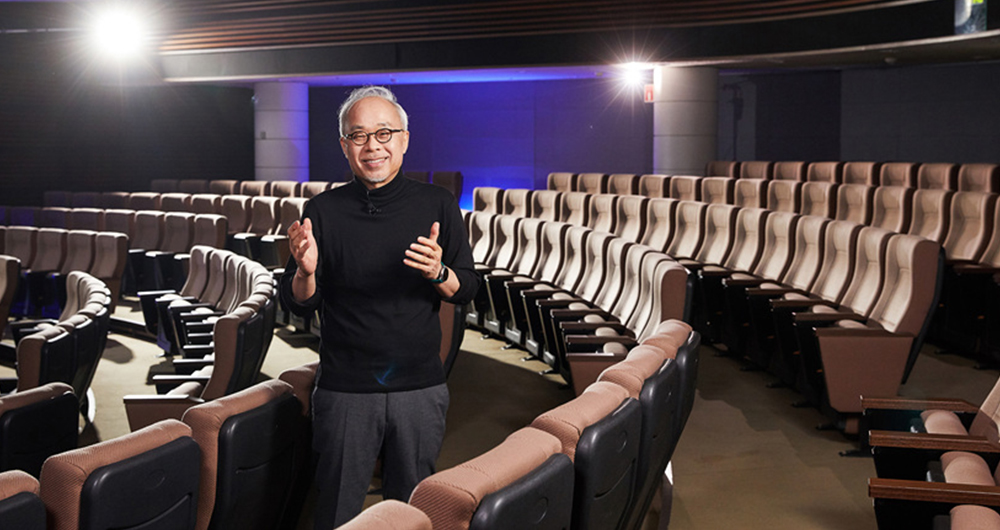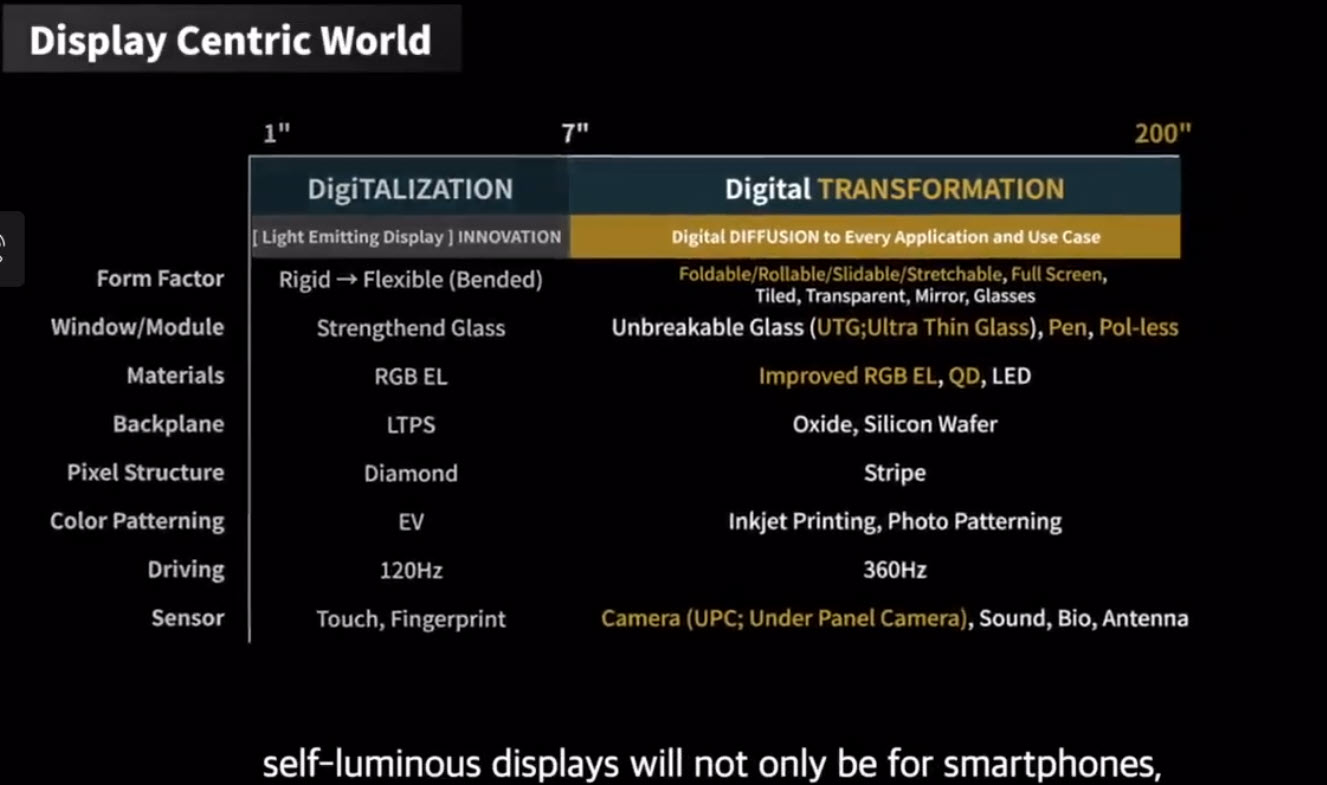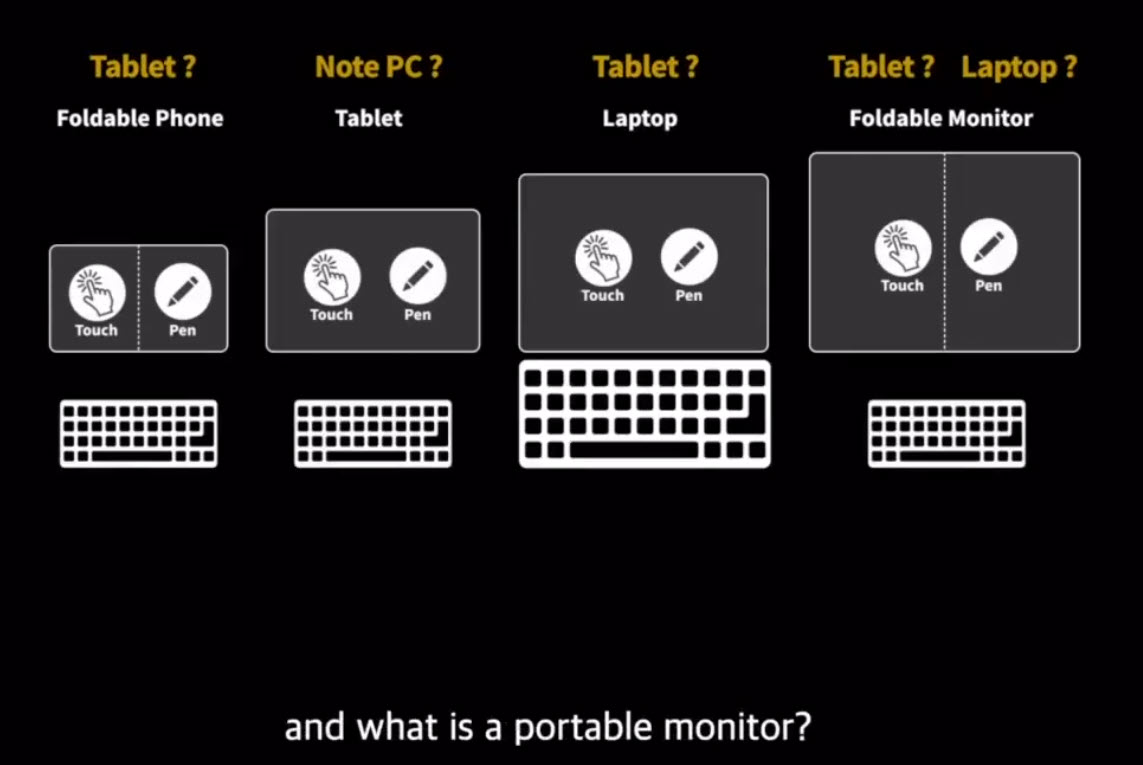JS Choi, CEO of Samsung Display (SDC), gave the first keynote that I watched from the SID Display Week, although it wasn’t the first keynote published. Over the years, I have attended many keynotes and sometimes Samsung has made some major technology announcements about direction. Not so much these days, it seems.
There are a couple of reasons for this, I think, but the main one is that it’s a very public place to say where the industry will go. Of course, if the direction is just where the industry looks to be going anyway, the prediction is not really considered to be interesting. On the other hand, if it suggests a different direction, it can be hard to roll back from and may not look so clever if the different direction doesn’t work out.
We Remember What Goes Wrong
Human nature is such that we remember the forecasts that went wrong, but perhaps see the ones that came to pass as ‘inevitable’. So, I remember several keynotes by Samsung over the years. In 2005, Dr Lee of Samsung drew an audible gasp when he forecast that there would be a market for 100 million LCD TVs by 2010. He was wrong, but by underestimating the number! He also suggested that Samsung might go to G9 for LCD fabs, but Samsung never did that.
I spent much too long in this busy week checking back through my database as I was sure that I had reported that an executive from Samsung forecast that LCD TV would in the future be dominated by OCB technology (an alternative to the VA and IPS modes that are used). I have referred to that talk a couple of times since 2010, but, sadly, can’t find the original report. OCB was really interesting as a possible technology (and developed by LPL and Toshiba and others over the years, with Toshiba providing some really good looking panels). It was very fast and there was the possibility that panels could move to use frame sequential colour, which would have radically boosted efficiency. However, it never overcame the difficult production limitations.
OLEDs in 2010
Famously, at SID in 2010, Samsung set out that it would make OLED TV panels for TV applications, at G8 and using LTPS as the backplane and using a material deposition method that had not been decided at that time. I said at the time..
“…in my view, the reason that Samsung is attempting something as difficult as going to G8 on OLEDs is precisely because it is so hard that few will be able to follow and those that do are likely to be well behind.”
As it turned out, it was too difficult and Samsung is still not making OLEDs for TV applications, at least not quite yet. To be fair, Dr Kim also said in 2010 that flexible OLED with integrated touch would take over the upper end of the smartphone market and on that he was spot on!
Samsung also made a big statement about the future being based on OELD in its 2013 keynote which focused on AMOLED and LTPS TFTs.
Samsung Changes its Language
Anyway, an interesting change in language this year in JS Choi’s keynote that although he talked a lot about OLED, he talked about SDC’s future being in emissive displays with ‘True Black’. That would include electro-luminescent QDs and microLED as well as various kinds of OLED (such as QD OLED). He wants to be able to make displays from 1″ to 200″ with ‘True Black’, where you can completely turn off the pixels. (His comment that the world of emissive flat displays was started by Samsung’s talk about OLEDs in 2013 might not be shared by those that worked on PDPs from the ’80s onwards, though!)
He picked up on the ‘Word of the Week’ at the moment in the Tech industry, the ‘Metaverse’ and highlighted how Covid has radically added to the time that we spend on displays. He talked about the many form factors that will be important in the future, from foldable to rollable and slidable as well as fixed. We will want the same high quality images everywhere, on TV, mobile and in the car. He said that Ultra-Thin Glass (UTG) was a critical material for this and that better materials are still needed for OLED and for QDs. He also wants to see materials that can be deposited by inkjet.
Briefly, Choi demonstrated a 17″ foldable OLED and mutli-folding displays, but there were not details released and SDC has been showing this kind of demo privately for some years.
Of course, as SDC isn’t interested in LCD any more, Choi didn’t mention the other obviously hot topic at Display Week, which is miniLED.
Drinking from the Fire Hose at SID
We’ll have much more on the details from SID’s Display Week as we start to digest some of the flood of material that has been released. In early reports of numbers, I heard that attendance was much higher this year than last year, with more attendees by Tuesday than the whole of last year, so well done to SID. I can’t say that I like virtual events, but the structure of the event seems good, although I have been disappointed with much of the content that I have seen from virtual exhibitors. Simply posting links to old corporate YouTube visitors or dozens of pdfs of specification sheets or just links to product pages on websites does not encourage vistiors.
As press, I have to plough through a lot of it, but if I was less committed, I’d have cut and run quite early. That’s a shame for those that have made an effort. For example, Smartkem created a very good and informative video that really explained its technology and applications on the iZone. That was, as the Michelin guides say ‘Vaut le detour’. I plan to report in details on that presentation shortly. (BR)




